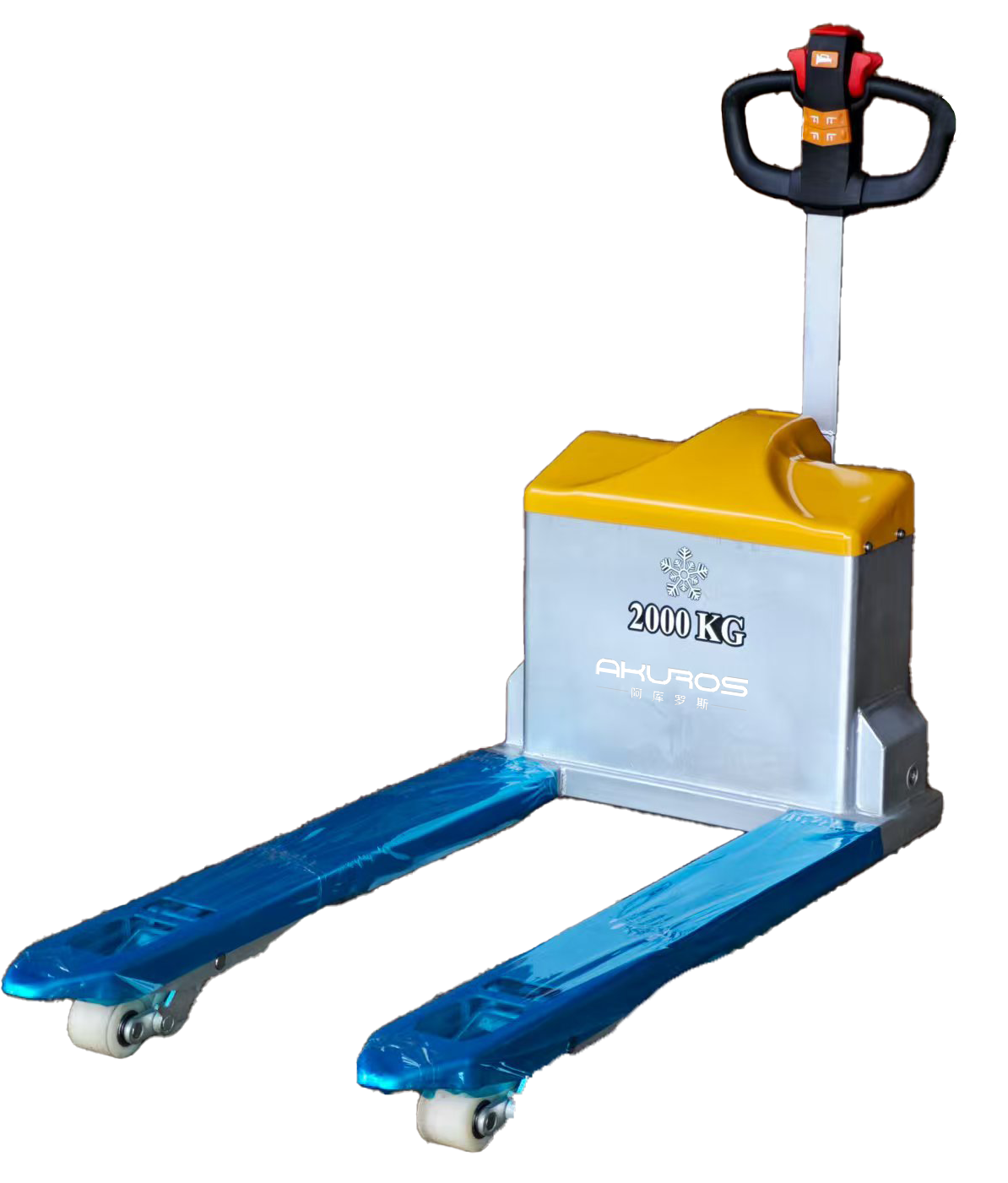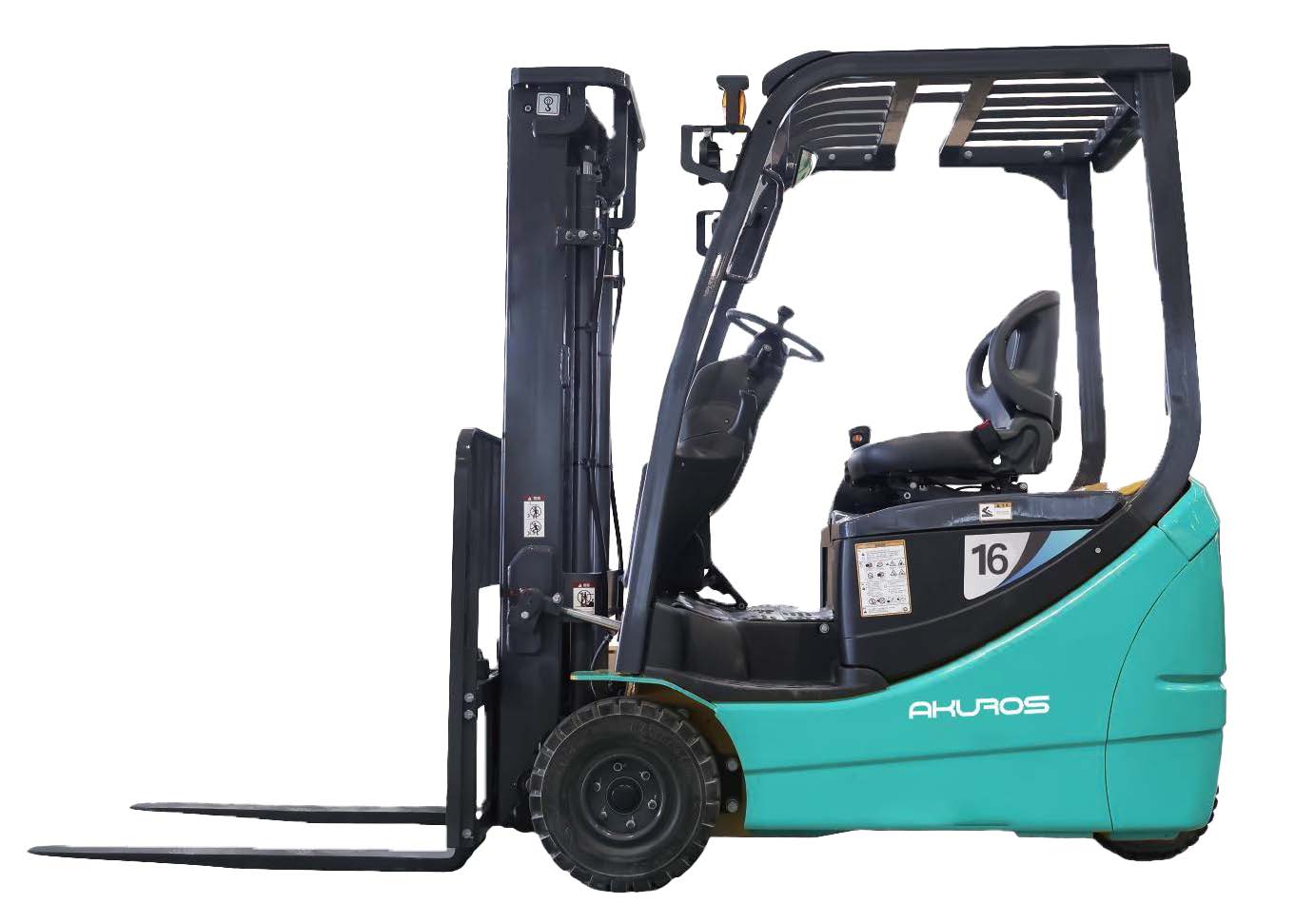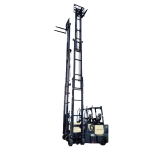With the rapid rise of cold chain logistics driven by e-commerce, food safety, and consumer demand for fresh products, the role of cold storage forklifts has become more crucial than ever. Operating forklifts in freezing environments as low as -25°C presents unique challenges — from battery performance and corrosion resistance to traction and hydraulic reliability.
Akuros, with years of experience in electric forklift e cold storage equipment design, continuously innovates to provide high-efficiency, low-maintenance solutions that ensure safety, reliability, and energy efficiency in extreme conditions.

1. Growing Market Demand for Cold Storage Forklifts
The global cold chain industry has experienced exponential growth. Countries like China, India, and the United States are seeing a surge in refrigerated warehouses, with China showing particularly strong momentum as cold chain logistics becomes a key part of national infrastructure.
Cold storage forklifts are essential for low-temperature logistics operations, including frozen food, seafood, and pharmaceutical distribution. They handle pallet transport, stacking, and replenishment tasks efficiently while operating safely in humid, icy, and low-visibility environments.
2. Key Challenges in Low-Temperature Operations
Operating forklifts in cold storage facilities introduces a series of engineering challenges that differ greatly from standard warehouse operations:
(1) Battery Performance
At sub-zero temperatures, battery capacity and discharge efficiency drop significantly. Akuros uses heated battery packs and intelligent battery management systems (BMS) to maintain stable output and extend service life.
(2) Condensation and Corrosion
When forklifts move between cold and ambient zones, condensation forms on metal surfaces, electrical systems, and joints. Without protection, this leads to rust and short circuits. Akuros forklifts use sealed control units, anti-rust coatingse waterproof connectors to resist corrosion and ensure reliable operation.
(3) Anti-Slip Traction Control
Cold storage floors often freeze and become slippery. Akuros equips its forklifts with anti-slip drive systems, specialized polyurethane tires with steel mesh reinforcemente adaptive traction control that maintains grip even on icy floors.
(4) Hydraulic System Reliability
Conventional hydraulic oil thickens under cold conditions, reducing lift efficiency. Akuros employs low-temperature hydraulic oil, oil-filled lift cylinderse special seals to prevent freezing and maintain smooth operation.
(5) Lubrication and Mechanical Durability
Standard lubricants harden at low temperatures. Akuros forklifts use synthetic low-viscosity greases e cold-resistant bearings to ensure stable performance even after extended cold exposure.

3. Technical Features of Akuros Cold Storage Forklifts
To address the unique demands of refrigerated environments, Akuros cold storage forklifts integrate multiple innovations:
1. Reliable Electrical Systems
-
Non-contact switches to prevent freezing failures
-
Rubber-insulated wiring to prevent hardening
-
Internal heating elements in control panels
-
Waterproof connectors and sealed enclosures
2. Anti-Condensation Design
Control systems are placed in sealed boxes to prevent condensation. For large-scale operations, Akuros recommends creating a buffer zone between the cold room and the charging/loading area (0°C, 40% humidity) to reduce condensation and extend forklift lifespan.
3. Anti-Rust and Anti-Corrosion Coatings
Steel components are treated with anti-rust coatings, and the chassis is painted with low-temperature corrosion-resistant layers, especially for seafood cold storage where salt exposure is common.
4. Low-Temperature Hydraulic System
-
“Oil-filled” lift cylinders to prevent internal rust
-
Low-temperature hydraulic pumps and flexible hoses
-
Specialized hydraulic valves designed for stable flow at -25°C
5. Heated and Enclosed Cabin
For ultra-low-temperature warehouses, the forklift can be equipped with a heated cabin, defogging glass, wiperse warm air circulation, ensuring operator comfort and safety.
6. Enhanced Safety and Stability
Akuros forklifts feature real-time traction control, precision steeringe proportional valve systems for finger-tip operation — allowing smooth, accurate handling even in tight cold storage aisles.
4. Best Practices for Cold Storage Forklift Operation
To maximize performance and lifespan, operators should follow these essential maintenance and usage tips:
-
Do not power off or park forklifts inside cold storage.
-
Warm up hydraulic and drive systems before entering low-temperature zones.
-
Operate within the rated time limits for each temperature level.
-
Allow condensation to dry completely before re-entering the cold room.
-
Use only cold-resistant oils and lubricants.
-
Shorten lubrication intervals to prevent wear.
-
Regularly inspect battery temperature and charge levels.
-
Move any malfunctioning forklift to the buffer area for maintenance immediately.
5. Why Choose Akuros Cold Storage Forklifts
Akuros cold storage forklifts are designed with precision control, safety, and long-term reliability in mind. From E16 electric counterbalance forklifts para customized AGV systems, Akuros offers integrated cold chain solutions that help warehouses achieve:
-
Lower maintenance costs
-
Stable performance in freezing temperatures
-
Optimized energy efficiency
-
Safer, smarter operations
With a proven record in cold chain logistics, Akuros continues to support customers across seafood processing, frozen foodse pharmaceutical industries worldwide.
FAQ: Cold Storage Forklifts
Q1: What’s the difference between a standard forklift and a cold storage forklift?
A cold storage forklift is designed to operate efficiently at temperatures as low as -30°C. It uses special materials, sealed components, and cold-resistant oils to prevent malfunction and corrosion.
Q2: How do I maintain a forklift used in cold storage?
Perform regular lubrication, avoid parking inside the cold room, and use heating or buffer zones to prevent condensation damage.
Q3: Can electric forklifts perform well in cold environments?
Yes. Akuros uses heated battery technology and advanced control systems to ensure consistent power output and long battery life even in freezing conditions.
Q4: What type of tires are recommended for cold storage forklifts?
Polyurethane tires with anti-slip coatings or embedded steel mesh provide the best traction and control on icy floors.
Conclusão
As the cold chain industry continues to expand, cold storage forklifts play an indispensable role in ensuring efficient, safe, and reliable material handling in low-temperature environments.
With advanced engineering and years of practical experience, Akuros delivers forklifts that are built to perform — even in the toughest conditions.








